Becoming
Chinese American
CRITICAL PERSPECTIVES ON
ASIAN PACIFIC AMERICANS SERIES
Critical Perspectives on Asian Pacific Americans aims to educate and inform readers regarding the Asian Pacific American experience and to critically examine key social, economic, psychological, cultural, and political issues. The series presents books that are theoretically engaging, comparative, and multidisciplinary and presents works that reflect the contemporary concerns that are of critical importance to understanding and empowering Asian Pacific Americans.
Books in the Series
1. Diana Ting Liu Wu, Asian Pacific Americans in the Workplace (1997).
2. Juanita Tamayo Lott, Asian Americans: From Racial Category to Multiple Identities (1998).
3. Jun Xing, Asian America through the Lens: History, Representations, and Identity (1998).
4. Pyong Gap Min and Rose Kim, eds., Struggle for Ethnic Identity: Narratives by Asian American Professionals (1999).
5. Wendy Ho, In Her Mothers House: The Politics of Asian American Mother-Daughter Writing (1999).
6. Deborah Woo, Glass Ceilings and Asian Americans (2000).
7. Patricia Wong Hall and Victor Hwang, eds., Anti-Asian Violence in North America: Asian American and Asian Canadian Reflections on Hate, Healing and Resistance (2001).
8. Pyong Gap Min and Jung Ha Kim, eds., Religions in Asian America: Building Faith Communities (2002).
9. Pyong Gap Min, ed., The Second Generation: Ethnic Identity among Asian Americans (2002).
10. Susie Lan Cassel, ed., The Chinese in America: A History from the Gold Mountain to the New Millennium (2002).
11. Sucheng Chan, ed., Remapping Asian American History (2003).
12. Monica Chiu, Filthy Fictions: Asian American Literature by Women (2004).
13. Him Mark Lai, Becoming Chinese American: A History of Communities and Institutions (2004).
14. Daniel F. Detzner, Elder Voices: Southeast Asian Families in the United States (2004).
Submission Guidelines
Prospective authors of single or coauthored books and editors of anthologies should submit a letter of introduction, the manuscript or a four- to ten-page proposal, a book outline, and a curriculum vitae. Please send your book manuscript or proposal packet to:
Critical Perspectives on Asian Pacific Americans Series
AltaMira Press
1630 North Main Street, #367
Walnut Creek, CA 94596
Becoming
Chinese American
A History of Communities
and Institutions
Him Mark Lai

ALTAMIRA PRESS
A division of Rowman & Littlefield Publishers, Inc.
1630 North Main Street, #367
Walnut Creek, CA 94596
www.altamirapress.com
Rowman & Littlefield Publishers, Inc.
A wholly owned subsidiary of The Rowman & Littlefield Publishing Group, Inc.
4501 Forbes Boulevard, Suite 200
Lanham, MD 20706
PO Box 317
Oxford
OX2 9RU, UK
Copyright 2004 by AltaMira Press
All rights reserved. No part of this publication may be reproduced, stored in a retrieval system, or transmitted in any form or by any means, electronic, mechanical, photocopying, recording, or otherwise, without the prior permission of the publisher.
British Library Cataloguing in Publication Information Available
Library of Congress Cataloging-in-Publication Data
Lai, H. Mark.
Becoming Chinese American : a history of communities and institutions / Him Mark Lai.
p. cm. (Critical perspectives on Asian Pacific Americans series)
Includes bibliographical references and index.
ISBN 0-7591-0457-3 (hardcover : alk. paper) ISBN 0-7591-0458-1 (pbk. : alk. paper) ISBN 978-0-7591-0458-7
1. Chinese AmericansSocial conditions. 2. Chinese AmericansSocieties, etc. 3. Chinese AmericansEthnic identity. 4. Chinese-American newspapersHistory. 5. Chinese AmericansPolitics and government. 6. Transnationalism. I. Title. II. Series.
E184.C5L355 2003
973.04951dc22
2003020363
Printed in the United States of America
 The paper used in this publication meets the minimum requirements of American National Standard for Information SciencesPermanence of Paper for Printed Library Materials, ANSI/NISO Z39.481992.
The paper used in this publication meets the minimum requirements of American National Standard for Information SciencesPermanence of Paper for Printed Library Materials, ANSI/NISO Z39.481992.
A Note on Transliteration
In this book all transliterated Chinese geographical names, except for widely accepted ones such as Hong Kong and Macao, are given in Hanyu pinyin. For institutions and individuals, the spellings customarily accepted by society at large are preferred. However, it should be noted that English names of many organizations are often not systematic, and the spelling of geographical references may conflict with standard transliterations. If only the Chinese characters of a name are available, it will be transliterated into pinyin using the putonghua pronunciation. Where deemed necessary for clarity in the text, as for example in the case of the name of a Chinese individual in America, transliterations from Cantonese and other dialects, or transliterations other than pinyin, will be shown in parentheses following the pinyin spelling.
Contents
3 The Chinese Consolidated Benevolent
Association/Huiguan System
5 Chinese Regional Solidarity: The Hua Xian
(Fa Yuen) Community
6 Flower Growers and Political Activists: The Huangliang Du
(Wong Leung Do) Community
7 Expressing Their Commonality: Chinese Locality and
Dialect Group Associations
Preface
I have researched and written on Chinese American historical subjects for more than three and a half decades. Throughout these years, it has been a constantly evolving process of learning. Whatever I may have accomplished during this period would not have been possible if I had not had the help and support of a number of individuals and institutions to whom I now wish to express my gratitude and thanks. First and foremost, I am indebted to the Chinese Historical Society of America (CHSA) for providing the platform from which I launched my career in Chinese American historical research during the mid-1960s. Editor Maurice Chuck and Publisher Gordon Lew, started me on my writing career in late 1967 when they encouraged me to contribute articles on Chinese American history to East/West, the Chinese American Journal. These early activities prepared me for the opportunity to team-teach, with Philip Choy, the first college level course in America on Chinese American history offered by San Francisco State University in 1969.
During this same period, I also had the chance to consult frequently with the late Yuk Ow, who since the mid-1940s had done research and accumulated extensive files on the history of the Chinese in California. His research was conducted before the recent surge in interest in the history of American minorities and thus his writings remained unpublished and his research has gone largely unrecognized. Mr. Ow was a firm believer in using Chinese language sources whenever possible to research Chinese American history, a view that I eventually came to share at least partially. Following his lead I also began collecting clippings on Chinese America from English and Chinese publications. Mr. Ow was also interested in the history of Guangdong and the Cantonese, a fact that encouraged me to pay close attention to the history of Guangdong, and more particularly that of the Pearl River Delta from which most of the emigration to America originated. In another sector, it was his preliminary work on the evolvement of the Chinese Six Companies that motivated me to probe deeper into the development of the Chinese Consolidated Benevolent Association/
Next page

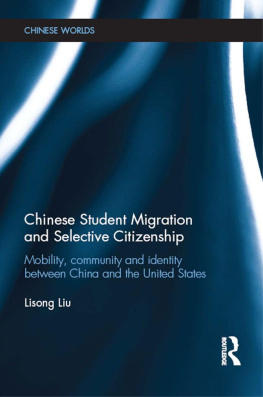
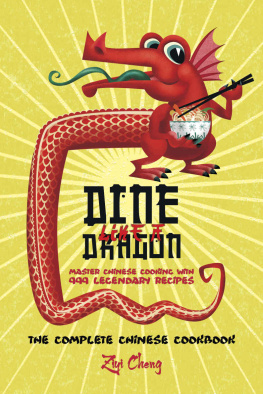
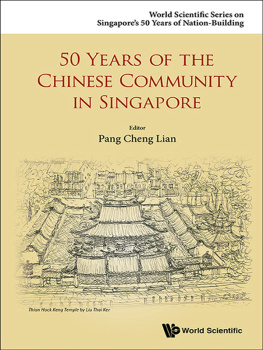


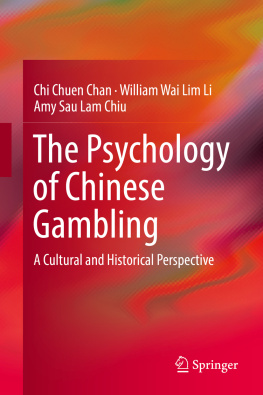
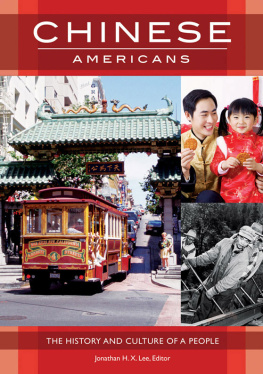
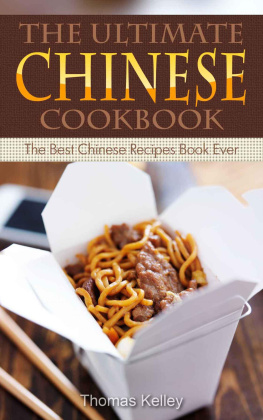
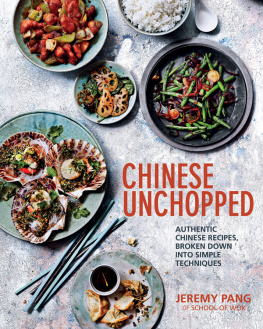
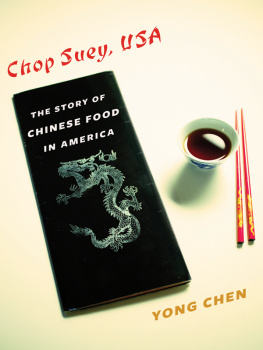

 The paper used in this publication meets the minimum requirements of American National Standard for Information SciencesPermanence of Paper for Printed Library Materials, ANSI/NISO Z39.481992.
The paper used in this publication meets the minimum requirements of American National Standard for Information SciencesPermanence of Paper for Printed Library Materials, ANSI/NISO Z39.481992.